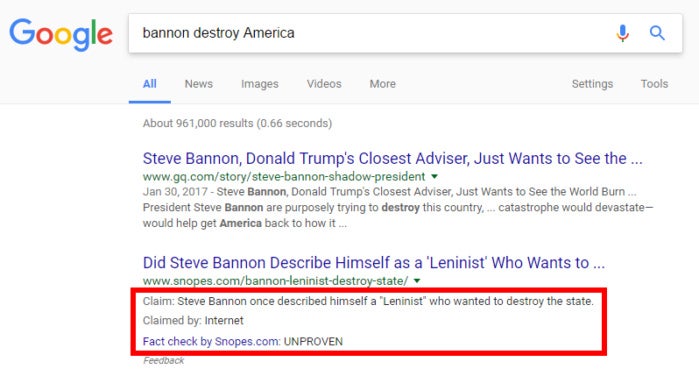How To Quickly Get A Blank Desktop on a Mac
 Monday, April 10, 2017 at 8:28AM
Monday, April 10, 2017 at 8:28AM There are two kinds of people in this world; those who have clean, organized desktops, and those that have cluttered desktops. Some people make it a priority to always have a well organized desktop and to ensure only the most important files and folders have a place on their desktop. Others put cleaning their desktop on a back burner. If you’re the kind that often has a messy desktop or you’re just looking to hide what’s on it then Screen Commander is the app for the job. It’s a free macOS utility that gives you a blank desktop by adding a black shade to it. Your icons are all hidden but your app windows are not. It works with multiple displays and runs entirely from the menu bar.
Download and run Screen Commander. The first time you run the app, it will ask if you want to launch it automatically at start up. It will also add a display icon to the menu bar.
To get a blank desktop, click the display icon in the menu bar and select ‘Blank this Screen’.
A black backdrop will appear on your desktop hiding all icons. To remove it, left-click any where and select ‘Unblank this Screen’.
As mentioned earlier, Screen Commander supports multiple displays. You can use it to blank a specific display, or all displays except for the current one. It can blank and unblank all displays from the context menu.
If you prefer to open the Screen Commander menu via the right-click mouse button instead of the default left-click, you can configure it to do so from the app’s preferences.
One very obvious use of Screen Commander is taking clean screenshots. The black backdrop the app adds isn’t great to look at but it’s better than desktop clutter.
Other usage scenarios include using the app to hide your desktop when you’re sharing your screen over, e.g. Skype. It’s also a good way to get theater mode when watching a movie. Screen Commander is a utility built for multiple monitors but it works with a single monitor as well.
As far as improvements go, the app could do with a few customization options. Users should be able to choose if they want a black backdrop or a different colored backdrop. Ideally, the app should let users set an image to use as the backdrop for a blank desktop. This will give users a clean, blank desktop that is aesthetically nice to look at. It will also make for better screenshots.
![screen commander start up How To Quickly Get A Blank Desktop [macOS]](http://cloud.addictivetips.com/wp-content/uploads/2017/04/screen-commander-start-up.jpg)
![screen commander menu bar How To Quickly Get A Blank Desktop [macOS]](http://cloud.addictivetips.com/wp-content/uploads/2017/04/screen-commander-menu-bar.png)



